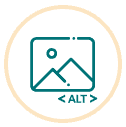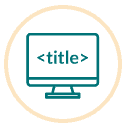Graphic Design
Graphic design and web design are often thought of as interchangeable. We do not see things that way. We consider graphic design an entirely separate discipline that goes beyond merely placing graphics on a website. Graphic design covers a variety of elements, from logos to advertising images. The keys to great graphic design are knowledge and creativity. One without the other produces less-than-effective results. The WebTek team has both – which is just what you need.
WHY GRAPHIC DESIGN IS IMPORTANT?
Graphic design is important for the simple fact that human beings are visual creatures. Our brains take in information through our eyes before we even begin to read content or listen to audio. Visual information is powerful enough to inform, educate, and create impressions even without any additional data to work with.
At WebTek Interactive, we approach graphic design from a number of different angles:



















